The Hasselblad Zeiss Distagon 50mm CF f/4 FLE is a wide-angle lens for the Hasselblad V system (Hasselblad 500 C/M, SWC, etc.). In my opinion, this lens embraces the essence of manual photography. How else could it be, since this lens has not one, but two focusing rings?
The first (and main) focusing ring is a thick dial that boasts an impressive 280 degrees of highly dampened focus throw. The second focusing ring is just a bit smaller than the first one, and it controls the floating lens element (FLE, more on this later). As a result, the physical and tactile experience of using this lens is unlike any other–this highly satisfactory manual photography experience is what convinced me to invest in this exquisite German-made lens. (And as a consequence now I cannot afford an exquisite German-made car!)
The manual controls of the Zeiss Distagon 50mm CF f/4 FLE are accompanied by 6 scales printed on the lens barrel:
- The focusing scale (both in metric and imperial systems)
- The depth of field preview
- The aperture scale
- The shutter times
- An exposure value (EV) scale
- A dedicated focusing scale for the FLE
To go along all these scales, I counted a total of 90 numbers printed on the lens barrel (excluding the serial number on the front of the lens!). The levels of control, precision, and fun are all through the roof while handling this marvel of German mechanical and optical engineering. However, the setup of the Distagon FLE clearly takes some time and thus requires the right type of subjects. The lens is unwieldy, but I regularly manage to shoot it handheld. On a positive note, the heft and the shorter focal length of this lens help to mitigate the lethal vibrations of the infamous Hasselblad mirror slap. CLUNK!
The focusing procedure is quite elaborate. The Distagon FLE is focused first, judging the distance of the subject by eye. There are four settings for the FLE: from infinity to 4 m, from 4 to 1.2 m, from 1.2 to 0.8 m, and from 0.8 to 0.5 m. Then the lens is focused via the main ring, and the actual focusing distance is compared to that of the FLE. If they match, you can fire away. If the two focusing distances do not match, the FLE should be further adjusted and the focusing procedure repeated. Fortunately, this second refocusing step happened very rarely during actual use.
From the Zeiss brochure, the FLE was introduced to obtain optimum performance over the entire focusing range, from infinity to just under 0.5 m. I also read that it helped to keep the lens size to a minimum (in fact, this lens is slightly smaller than the non-FLE version). It is still a pretty bulky and heavy lens, but it was compact enough to carry on a short overnighter hike. Thankfully my partner carried all the food while I was hauling the Distagon FLE and a tripod!
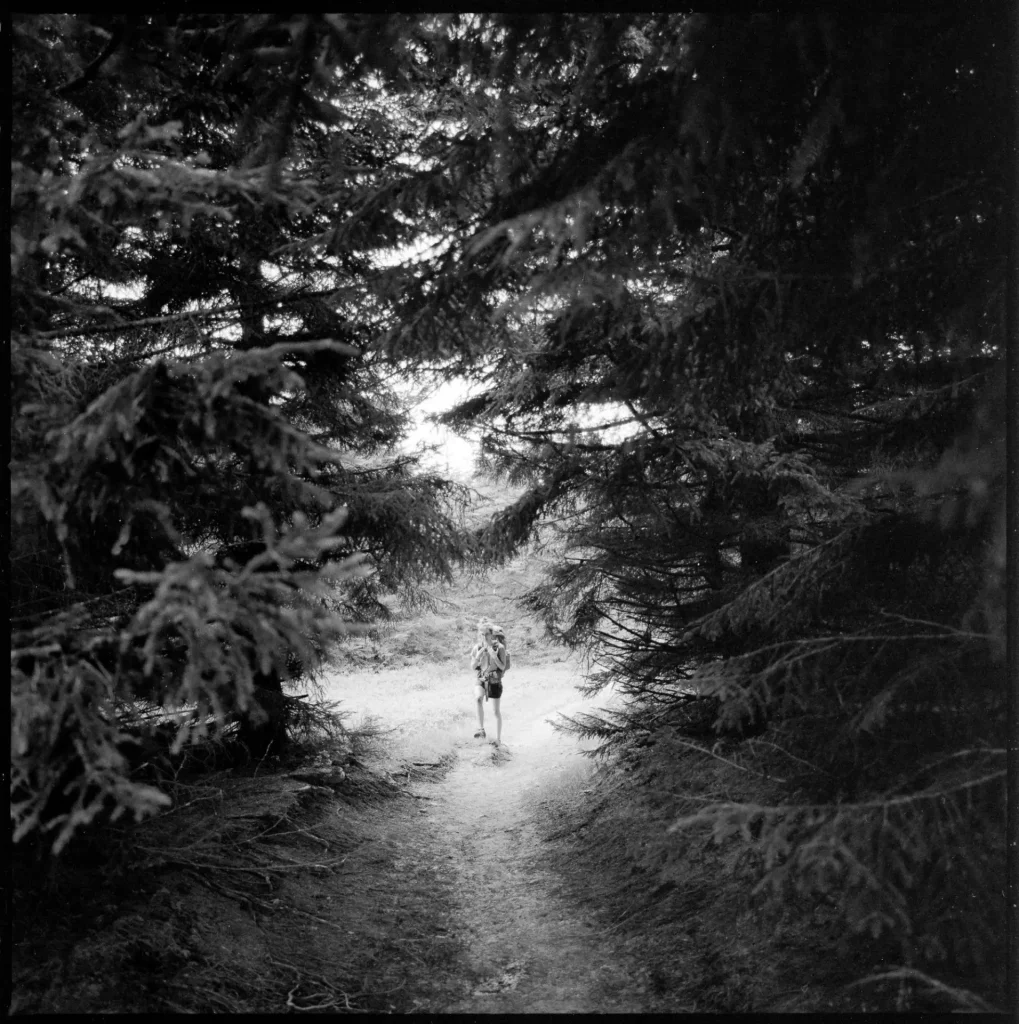
Sample Images
With the Distagon FLE images presented here, I tried to showcase some of the beauty and wilderness of Dolly Sods. The ‘Sods’ are a high plateau in the Monongahela National Forest of West Virginia (USA). This natural area presents hikers with a unique combination of forests, open plains, wildflowers, and peculiar rock formations. But, how did the Distagon FLE perform in this outing, you may ask…? Well, it definitely impressed me even this time: Great sharpness, no visible distortion, and a pleasant rendition of space and three-dimensionality–without being overly clinical. Heck, the out-of-focus areas were also OK for a wide-angle lens. The lens is contrasty, although I used a red filter to further enhance the contrast and to add some drama to the skies.
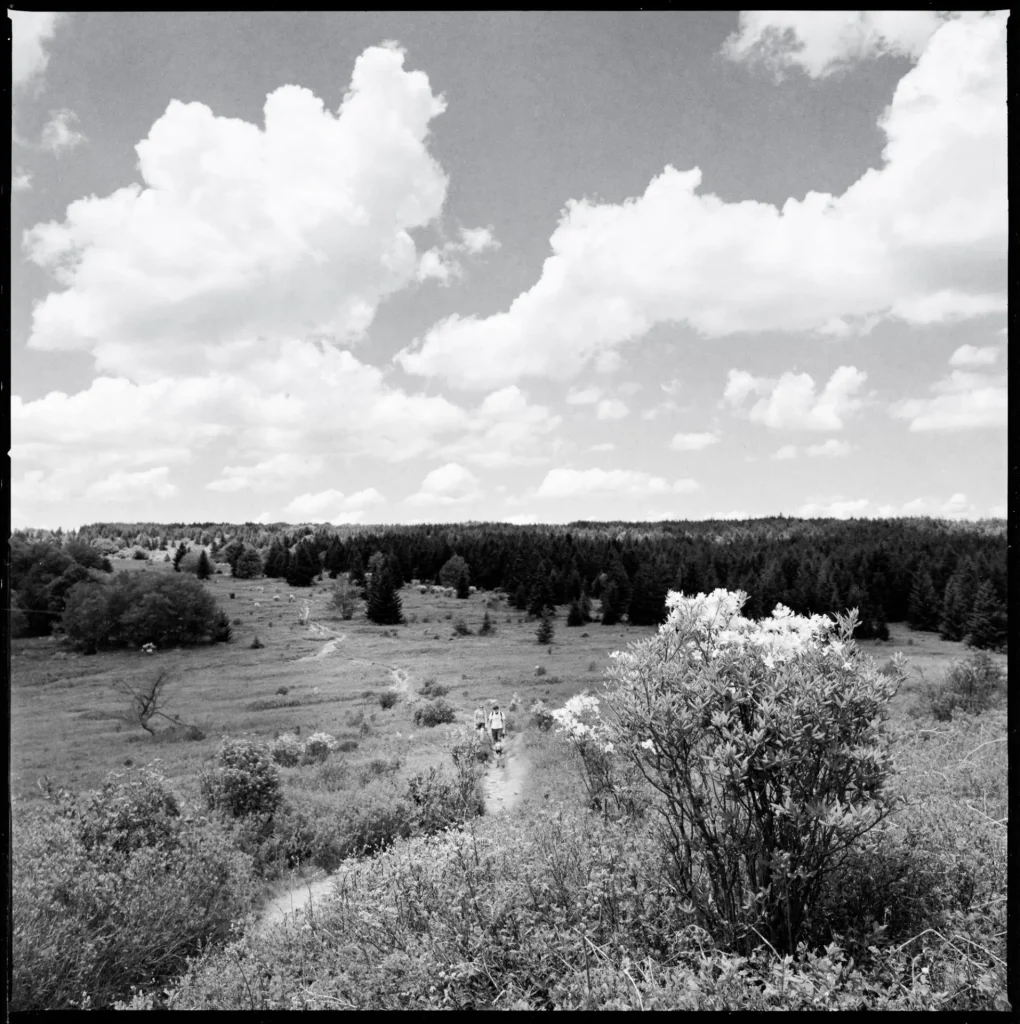
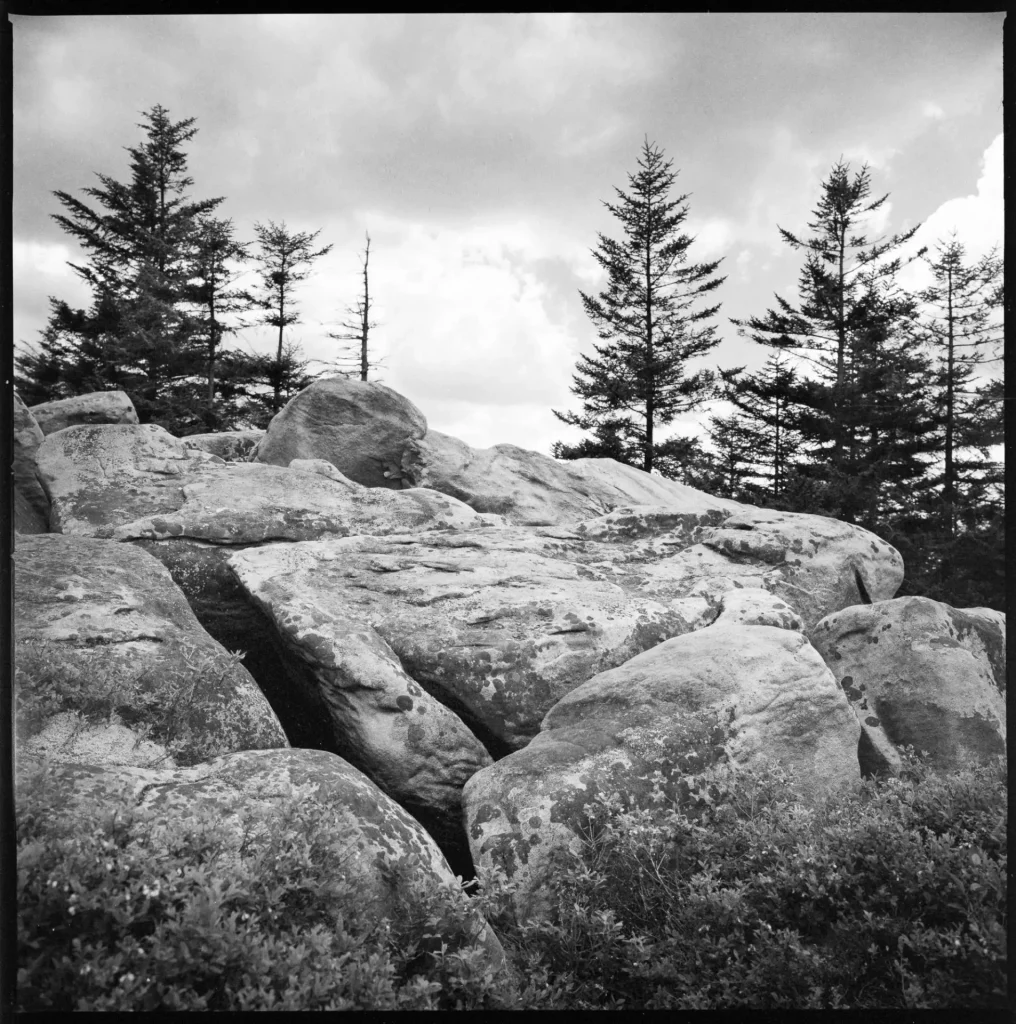
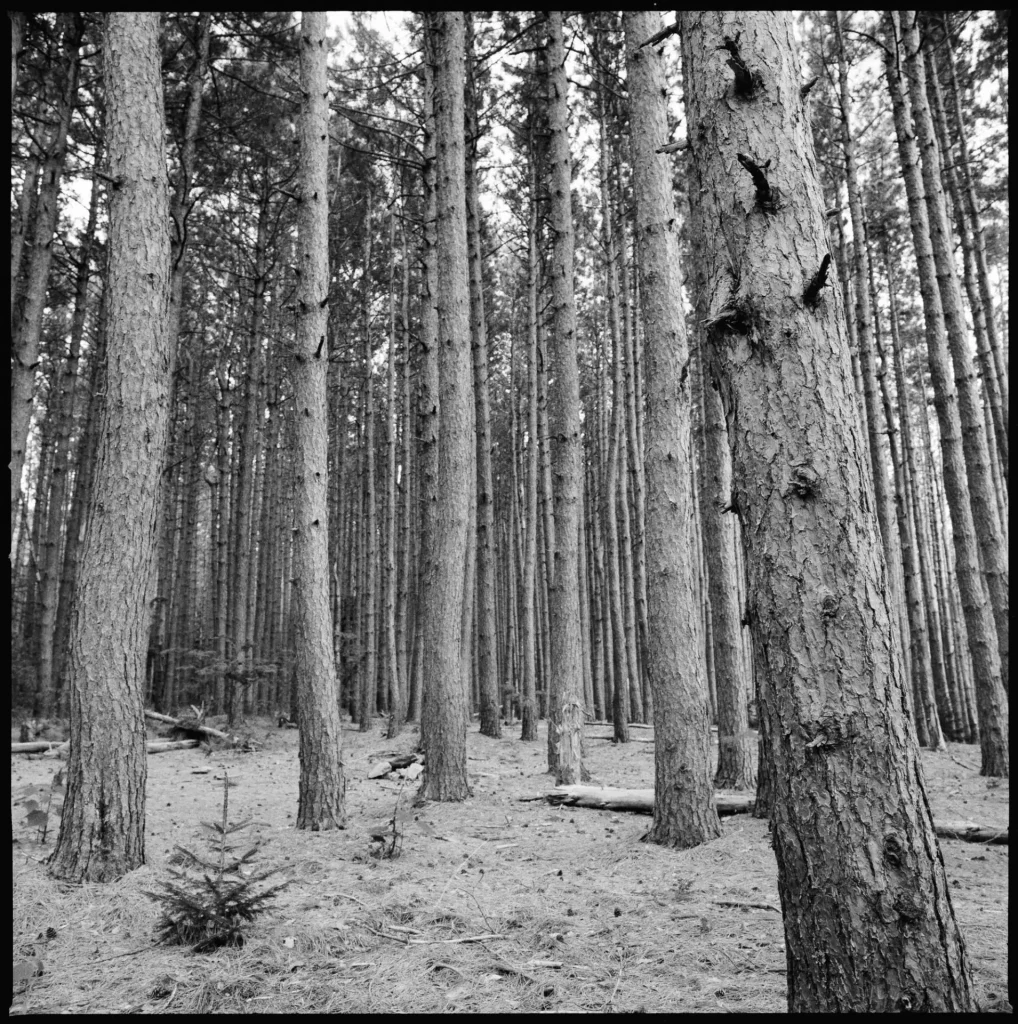
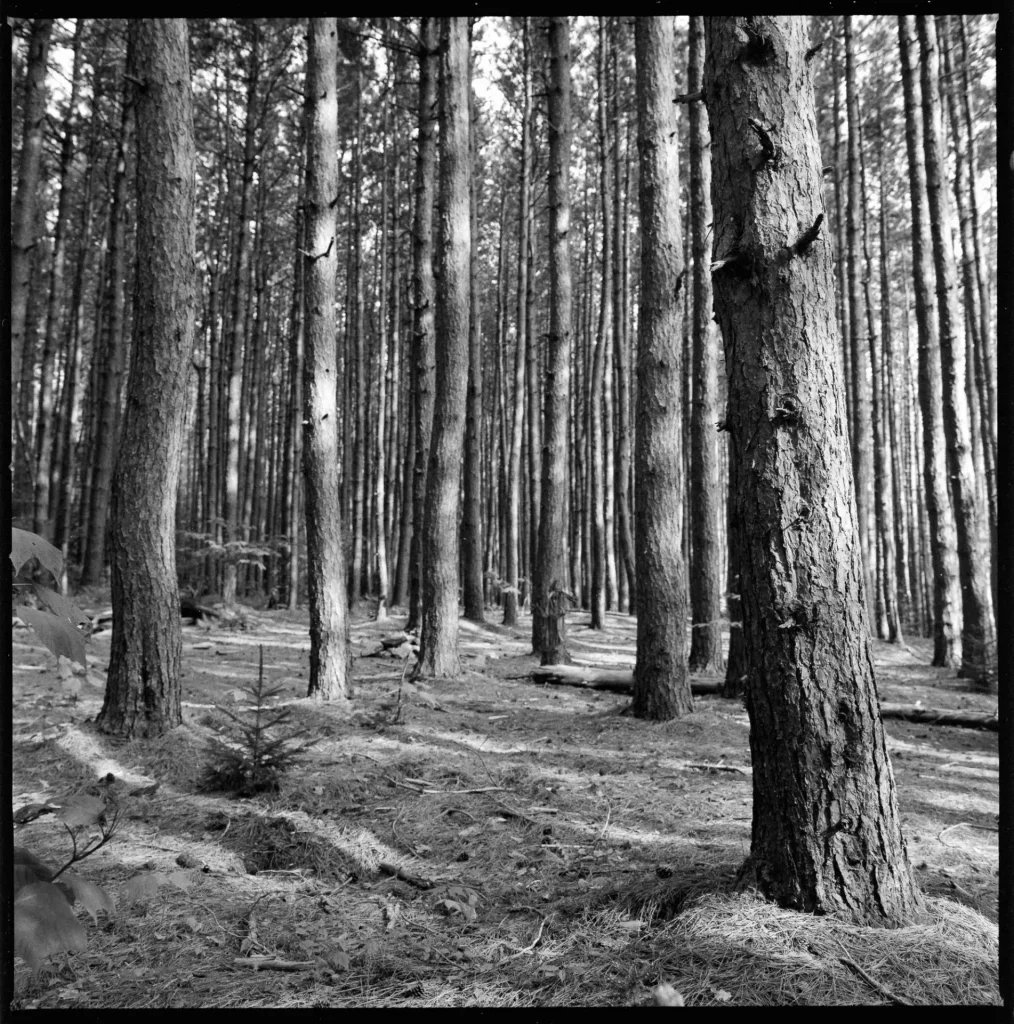
Ending and Final Thoughts
After this overnight hike, the excitement was pretty high and I managed to develop these rolls of film during the same afternoon we returned home. That night, while the film was still drying in my basement, a friend stopped by to showcase his brand-new shiny BMW. Gorgeous German car. We had a blast of a test drive. The morning after, however, I could not help myself but smile, driving my beaten-up commuter, thinking about the set of Zeiss lenses in my closet, and pondering about the selection of images for this article. The Distagon FLE is a masterpiece of lens design–a chunk of beautiful glass and metal that will always ask you to be taken outside to see some good light.
All images were shot on Fomapan 200 rated at ISO 125.
Share this post:
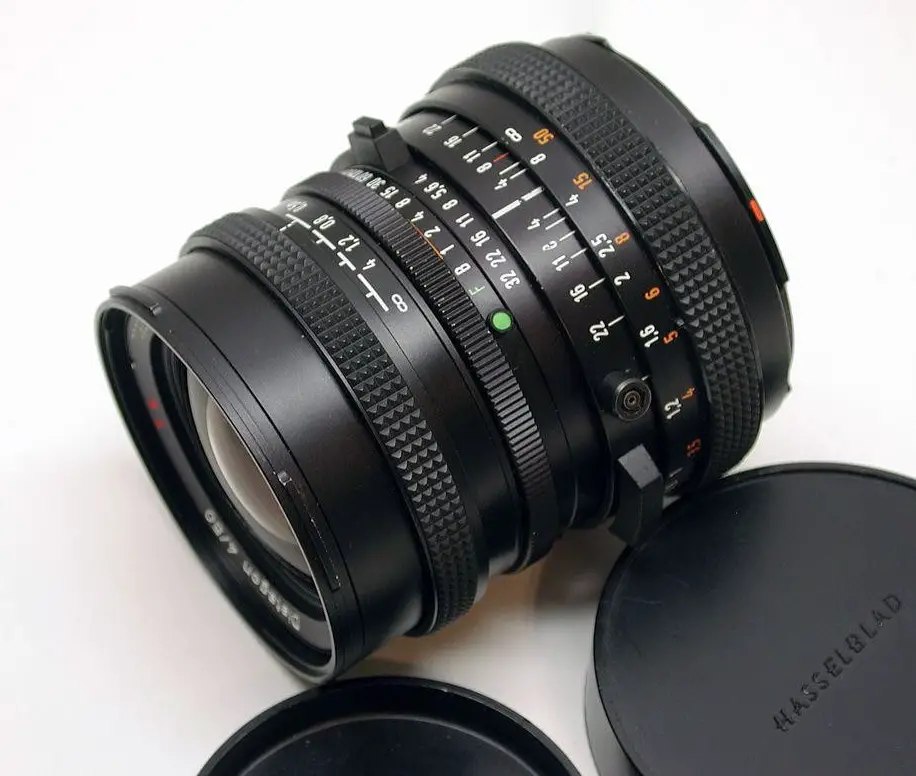








Comments
Michiel Fokkema on Zeiss Distagon 50mm CF f/4 FLE – The Most “Manual” Lens I Know – By Marco Fantin
Comment posted: 20/08/2021
Peter S on Zeiss Distagon 50mm CF f/4 FLE – The Most “Manual” Lens I Know – By Marco Fantin
Comment posted: 20/08/2021
https://500px.com/photo/33755499/sophie-and-legally-blonde-by-peter
https://500px.com/photo/33755295/rv-aircraft-by-peter
Kodachromeguy on Zeiss Distagon 50mm CF f/4 FLE – The Most “Manual” Lens I Know – By Marco Fantin
Comment posted: 20/08/2021
Arthur Gottschalk on Zeiss Distagon 50mm CF f/4 FLE – The Most “Manual” Lens I Know – By Marco Fantin
Comment posted: 02/08/2022